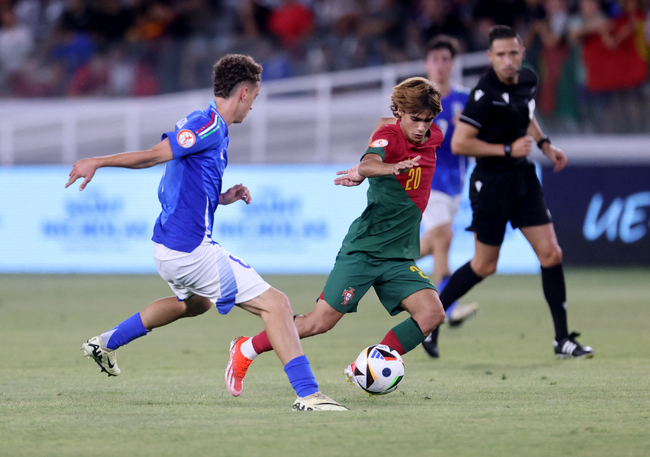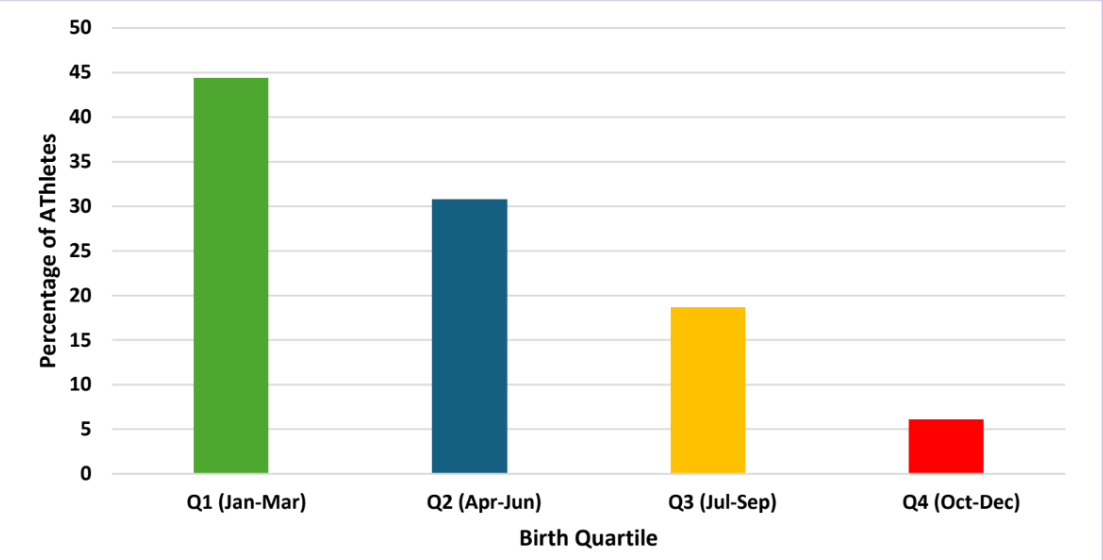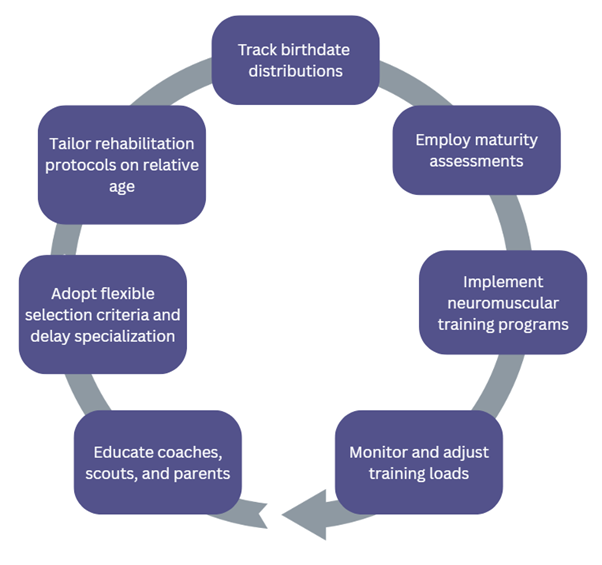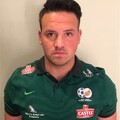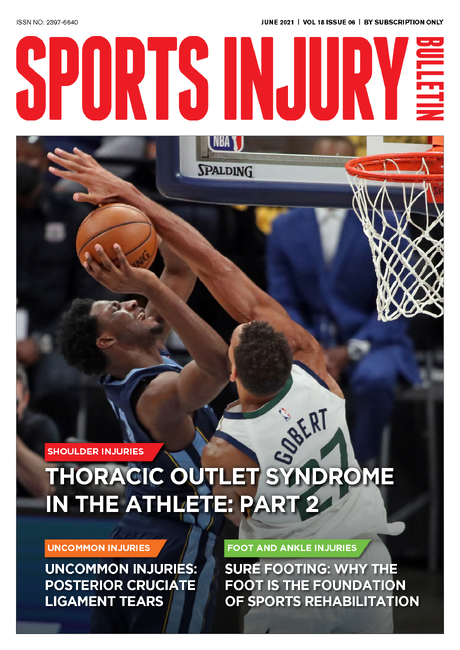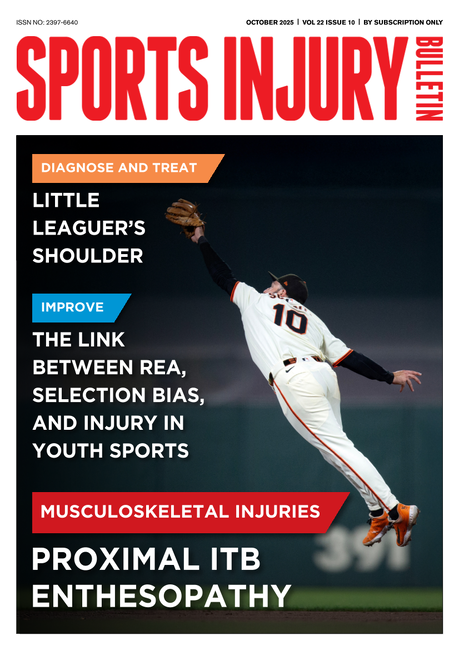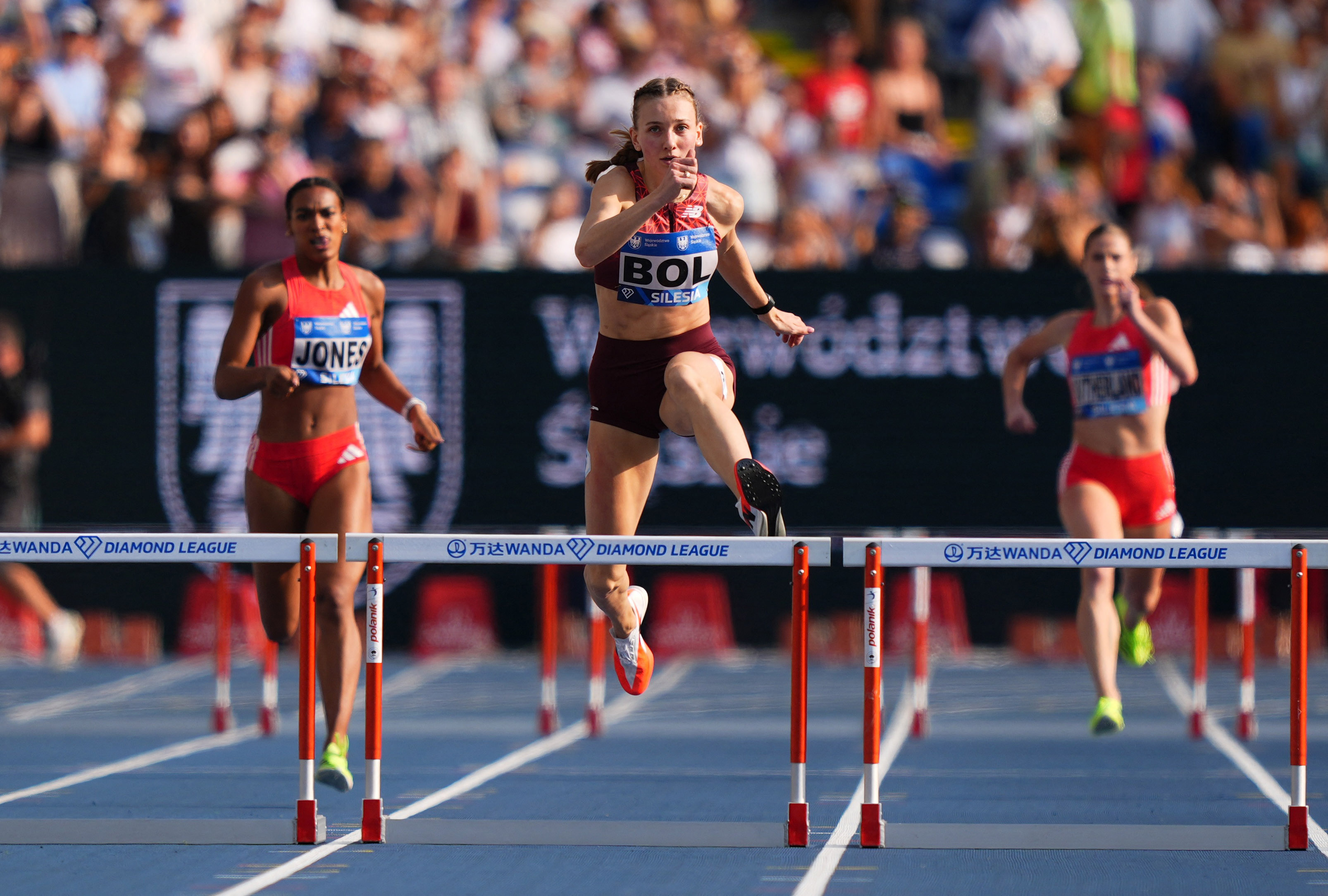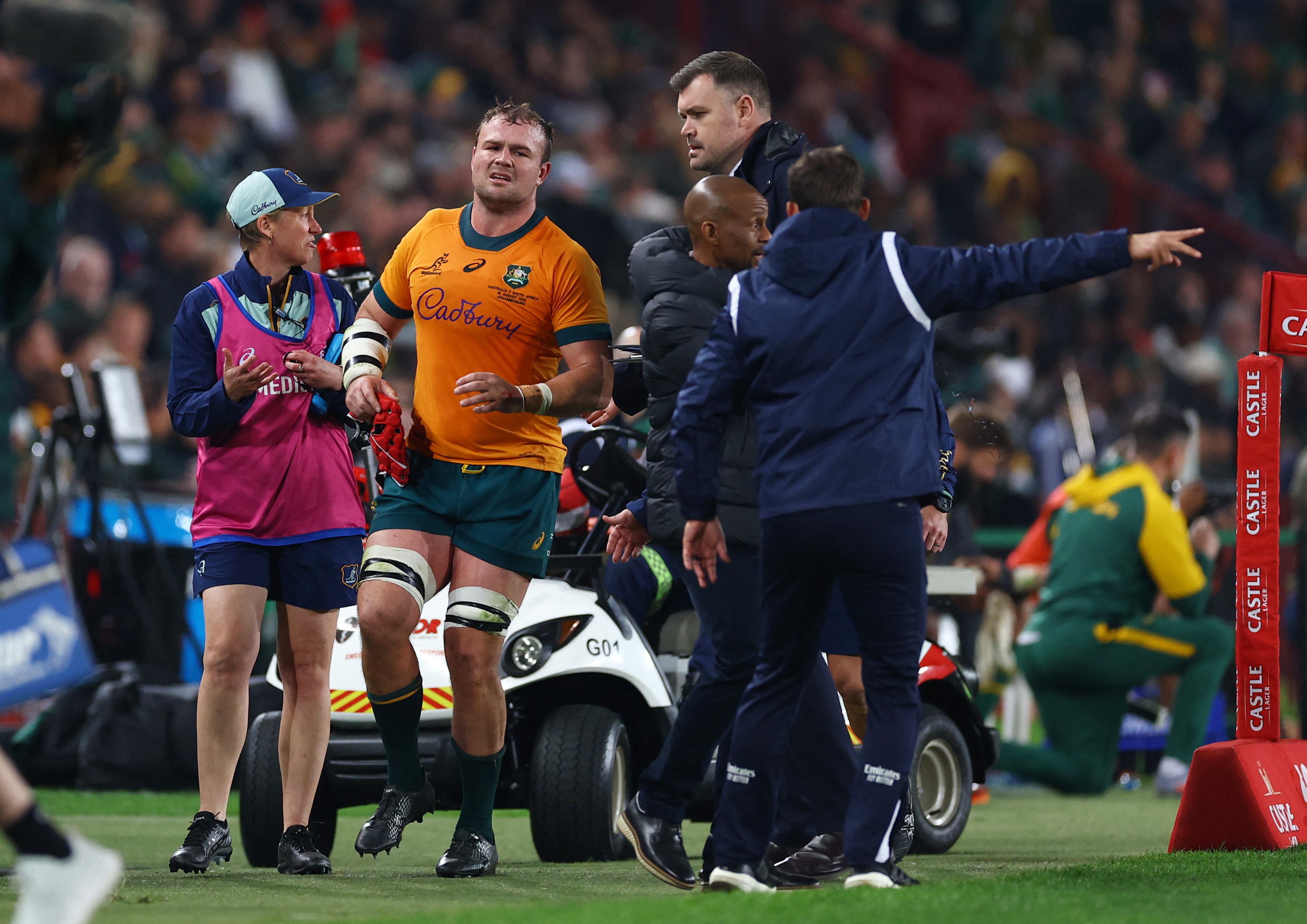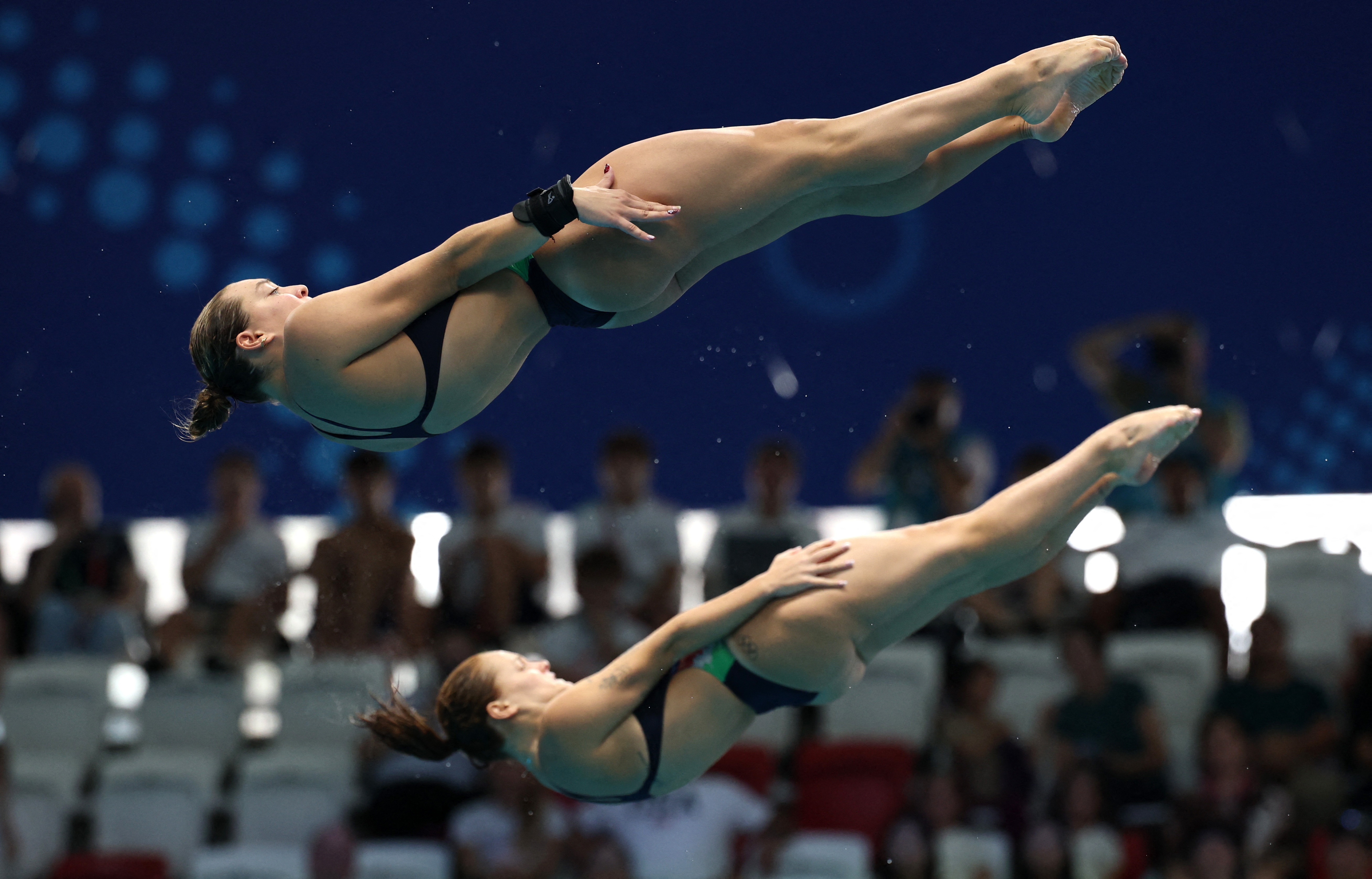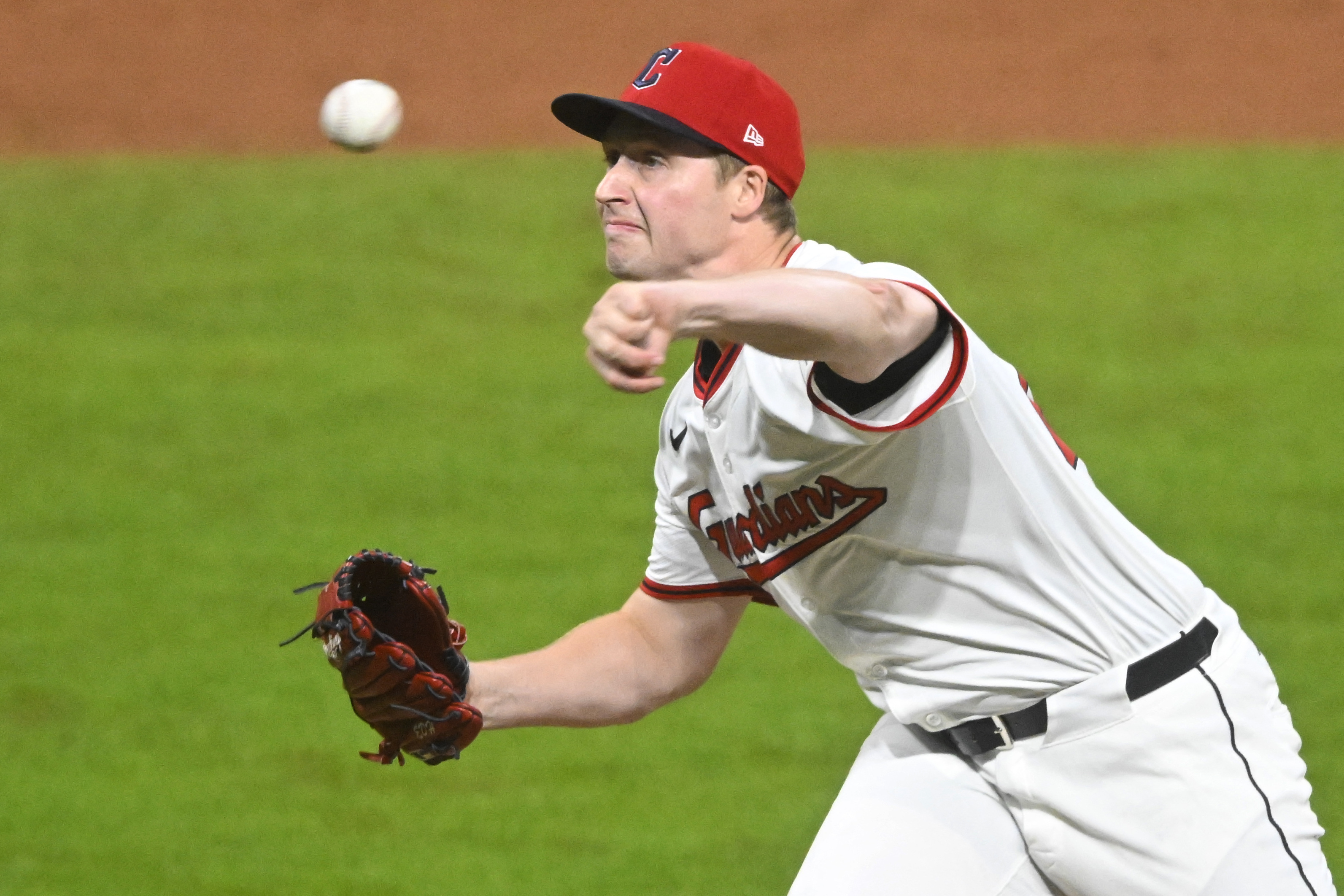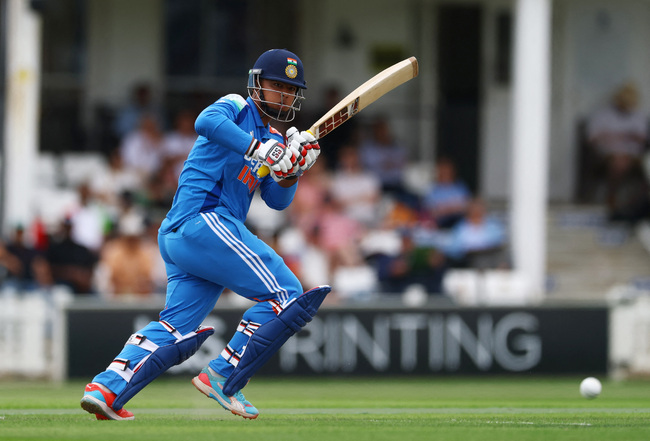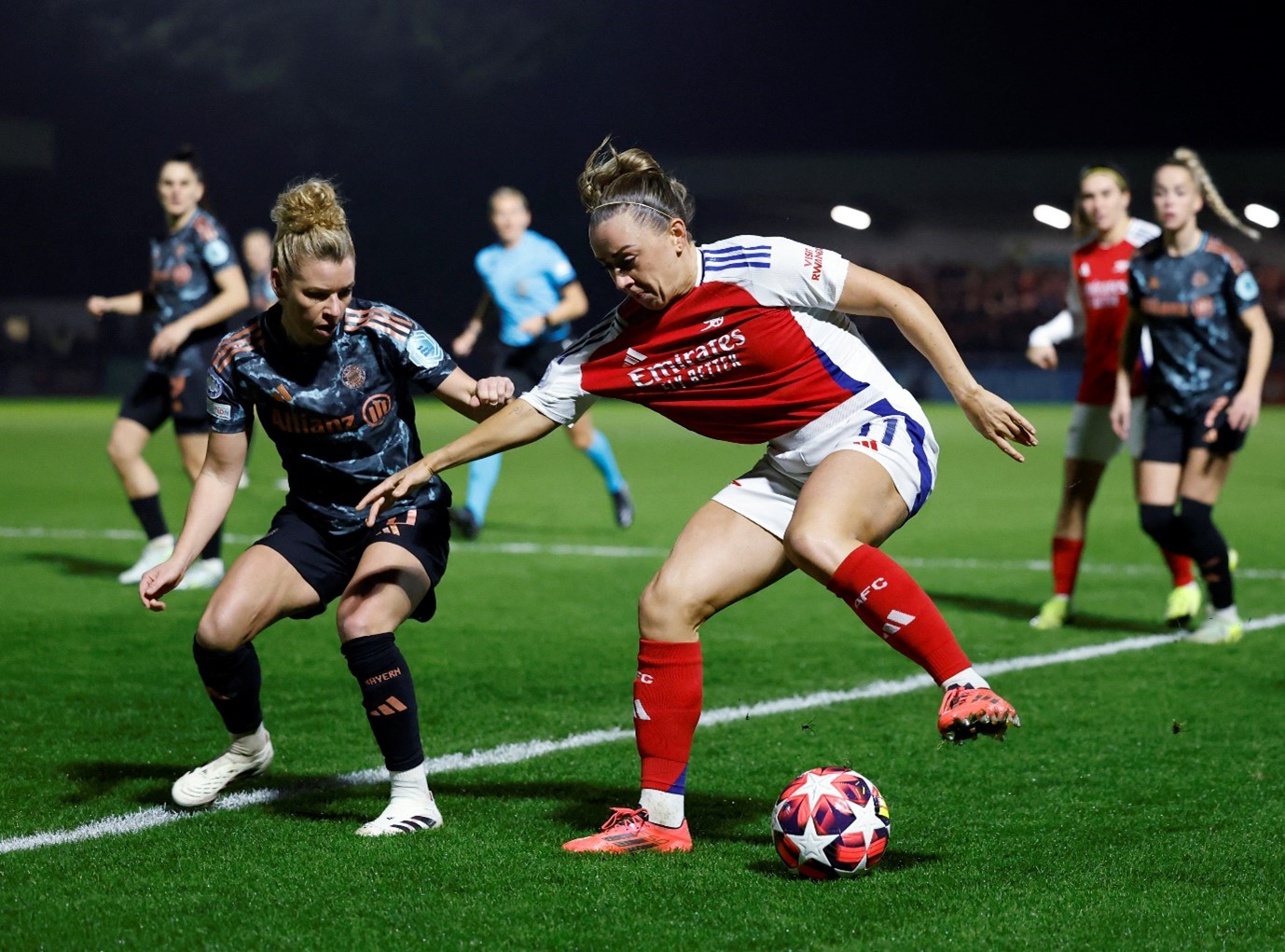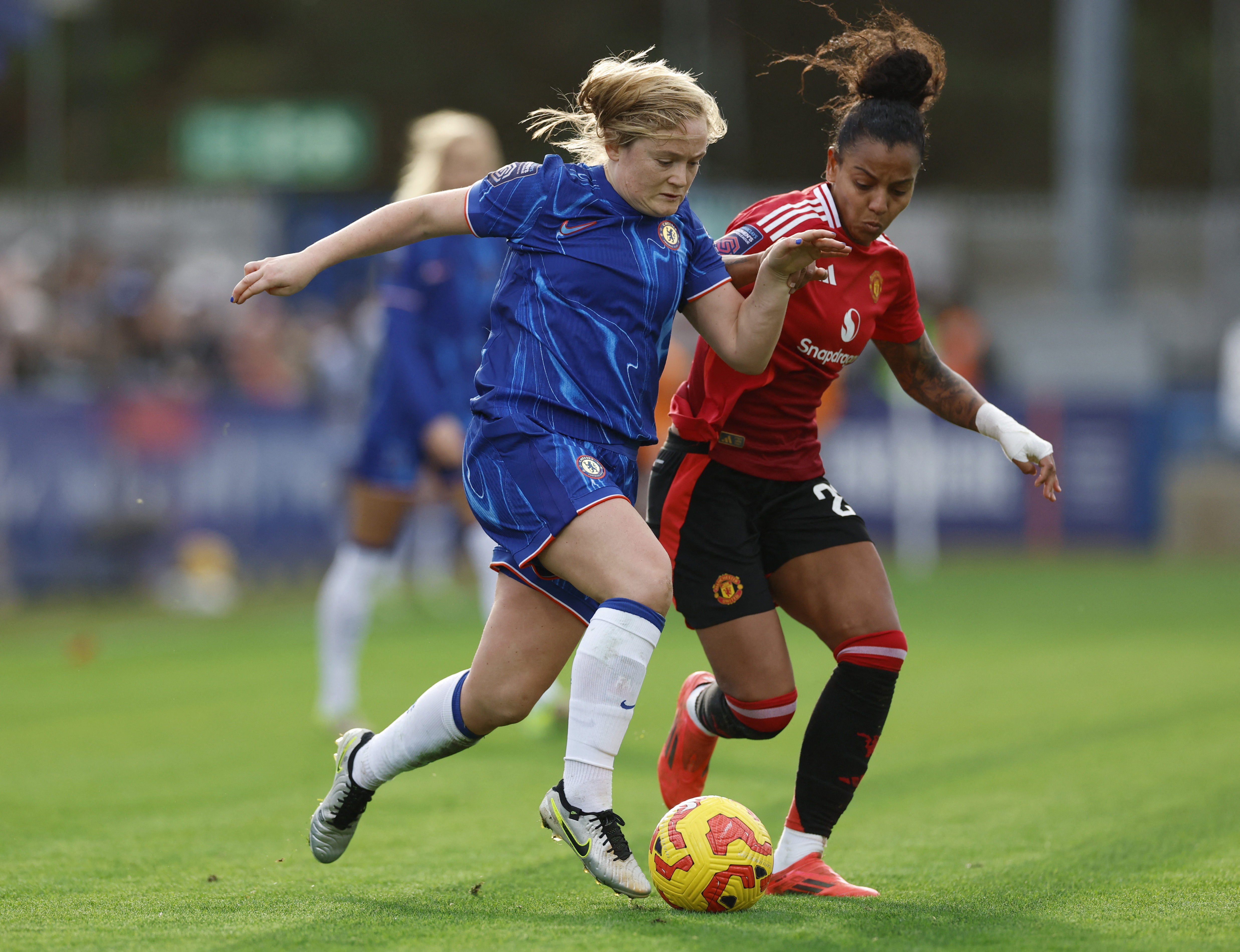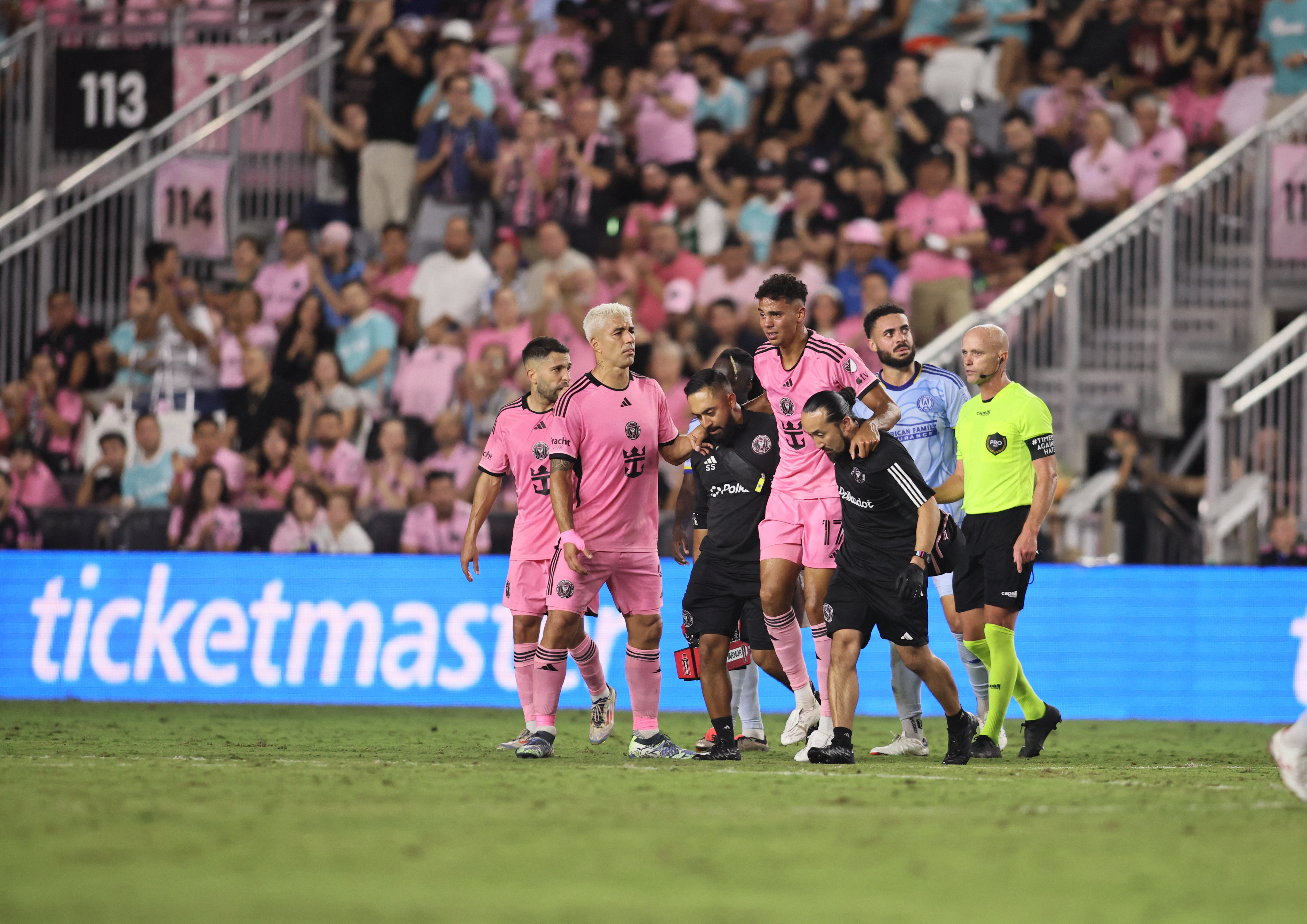The Link Between REA, Selection Bias, and Injury in Youth Sports
Joshua Smith examines the relationship between RAE, selection bias, and injury, and provides practical guidance for coaches and sports medicine professionals. Understanding these dynamics is crucial to creating fair and safe environments that reduce injuries and unlock the full potential of every athlete.
Portugal’s Rodrigo Mora in action with Italy’s Alessandro Di Nunzio REUTERS/Yiannis Kourtoglou
Talent identification and development are crucial for long-term success in youth sports, yet subtle biases can significantly impact outcomes. The relative age effect (RAE) occurs when children born earlier in a selection year, often tied to cut-off dates, gain physical, cognitive, and emotional advantages over later-born peers. First observed in education, this effect now significantly influences sports, determining who joins teams, enters elite academies, and advances to higher levels of competition. Selection bias exacerbates this challenge, as coaches tend to favor athletes who appear more advanced due to their age and physical maturity. However, these factors also contribute to injury risks, especially when selected athletes face intense training loads that don’t match their biological maturity.
“The RAE and selection bias play a major role in shaping youth sports…”
Understanding the Relative Age Effect
The RAE leads to an overrepresentation of athletes born just after a sport’s age-group cut-off date. For example, in soccer or hockey, where cut-offs often align with January 1 or September 1, those in the first quartile (Q1) can be nearly a year older than their peers in the fourth quartile (Q4) in the same category. This gap provides advantages in size, strength, speed, and coordination during the formative years, boosting selection rates for early-born athletes. For example, 44.4% of youth soccer players from a sampled group were born in the first quartile, clearly showing this trend (see figure 1)(1).
Biologically, RAE is closely tied to maturation. Early born children are more likely to experience advanced pubertal development, giving them a competitive edge. This effect varies by gender and sport, with stronger impacts in male youth sports(1). In elite academies, RAE can linger into adolescence, though it may fade at senior levels as late maturers who survived deselection catch up. Socially, RAE affects participation, as later-born athletes often face deselection or drop out due to the difficulty of competing against more mature peers(2).
Selection Bias
Selection bias amplifies the RAE by focusing on immediate performance over long-term potential. Coaches often unconsciously favour athletes displaying maturity-driven traits, such as greater physicality. An example of this can be found in soccer, where height is heavily relied upon with goalkeeper selection(3). This approach tends to overlook the developmental challenges that build resilience in younger athletes.
“Mismatches occur when coaches and practitioners place early maturers in high-intensity programs that don’t align with their developmental stage.”
In youth handball and football academies, selectors often choose early-maturing players for their superior physical metrics (see table 1). However, this advantage fades over time, leading to higher dropout rates as physical differences lessen(2). Early biases often waste the potential of late maturers(3). Coach perceptions, influenced by confirmation bias, further reinforce this trend by ignoring the abilities of less physically mature athletes(3).
Mismatches occur when coaches and practitioners place early maturers in high-intensity programs that don’t align with their developmental stage. Talent systems must address these biases, avoiding selections based only on short-term gains(3). One practical approach is bio-banding, which groups athletes by maturity rather than age, and its use is growing in some sports(4). It is important to note that bio-banding should not replace traditional chronological age-group training, but rather complement it with biologically grouped training. This can be achieved by implementing training sessions or drills that group players by maturity level, focusing on specific physical and technical skills.
Differential Skill Development
Biologically older athletes, who benefit from RAE, often lean on their physical advantages (such as greater size, strength, and speed) as a crutch in early development. This reliance can hinder the development of technical and tactical skills, as success in youth competitions often comes easily without the need to master finer motor skills or strategic thinking(4). Over time, as physical differences even out in later adolescence or adulthood, these athletes may struggle with skill gaps that limit their progress(4).
On the other hand, late developers must compensate for physical deficits by focusing on technical ability, agility, and creativity. This effort leads to more practice time and a stronger emphasis on skill mastery. For instance, alpine ski racers show that later-born athletes put in significantly more individual and group practice to keep up with peers. Furthermore, late-maturing boys develop superior technical and strategic skills, along with a more adaptable and resilient mindset, to stay competitive(7).
These paths shape development differently. Early maturers’ dependence on physicality often results in higher dropout rates and less adaptability as their advantages fade(4). Meanwhile, late developers who persist show enhanced technical skills and resilience, boosting their elite potential. However, late maturers face higher injury risks during peak height velocity phases due to mismatched loads, increasing their chance of overuse injuries(6). Early maturers, conversely, may develop chronic issues like tendinopathies from intense programs without enough recovery. Early sport specialization, common among early maturing athletes, also raises injury rates(8). Maturity-aware training can help balance these risks and promote equitable development, supporting progression through club or national ranks.
Table 1: Prevalence of relative age effect in youth academy selections across sports(1,2,9)
| Sport | Age Group | Q1 representation | Q4 representation |
| Soccer | U13 - U18 | 44.4% | 6.06% |
| Basketball | U14 - U18 | 40.20% | 9.80% |
| Handball | U13 - U17 | 45.10% | 10.30% |
RAE, Selection Bias, and Injury Risk
Relative age effect and selection bias intersect to create complex injury risks. Early born athletes face higher training volumes and competitive pressures from a young age. During pubertal growth spurts, when bodies are still maturing, these mismatched loads significantly raise injury risks(4). For example, advanced maturity correlates with a higher incidence of overuse injuries, such as stress fractures(7).
Later-born athletes who overcome selection hurdles face additional challenges when competing against physically superior peers. This competition can lead to compensatory movements that strain their immature musculoskeletal systems. A key factor is the maturation-training load mismatch, which increases the risk of apophyseal injuries, such as Osgood-Schlatter disease(6). Selection bias worsens this by forming groups of advanced maturers, intensifying competition without sufficient recovery time.
The health effects go beyond immediate injuries. Chronic overload from biased selection can lead to burnout, dropout, and long-term joint degeneration(8). Practitioners need to ensure that individual programs are tailored to each player’s specific requirements and factor in their biological age to minimize risks(8).
Researchers at the Micheli Center for Sports Injury Prevention conducted a study to determine the relationship between relative age and sports injury in 1,997 pediatric athletes aged 5-17. Their findings showed a significant RAE influence on injury patterns (see table 2)(6). Furthermore, advanced maturity predicts higher injury burdens, with growth spurts being linked to time-loss injuries(7).
Relative age effect-driven selection exposes athletes to demanding loads during vulnerable growth periods, raising injury risks in soccer(6). In handball, early maturation biases provide physical advantages but also lead to higher dropout rates, with injury risks tied to unbalanced training(2).
Table 2: Injury incidence rates by maturity status and age group in youth sports(6,7)
| Age Group | Maturity Status | Injury Type | Incidence Rate (per 1,000hrs) |
| Prepubescent (5-13) | Early Maturer | Overuse | 2.5 |
| Prepubescent (5-13) | Late Maturer | Acute | 3.2 |
| Pubescent (14-17) | Early Maturer | Overuse | 4.1 |
| Pubescent (14-17) | Late Maturer | Acute | 2.8 |
Practical Implications
To tackle these issues, practitioners should adopt evidence-based strategies (see figure 2). Maturity assessments, such as the Khamis-Roche method, help accurately estimate players’ maturity status. This data guides bio-banding, which reduces training load mismatches and lowers injury risks(5).
Coaches should closely monitor training loads, especially during growth spurts, using tools like session rating of perceived exertion to prevent overload and injury. Education on RAE and bias is essential, with training programs for scouts focusing on long-term potential rather than short-term gains. For injury prevention, neuromuscular training, such as the FIFA 11+ Kids, boosts strength and stability, reducing injury risks(8). Flexible selection criteria, including delayed specialization, can also reduce dropout and injury rates(8).
“Creating inclusive environments not only lowers injuries but also encourages sustained participation…”
Tracking birthdate distributions in teams reveals RAE patterns, enabling fairer opportunities for all athletes. Practitioners can customize rehab protocols based on relative age, targeting strength imbalances in later-born athletes. Creating inclusive environments not only lowers injuries but also encourages sustained participation and enjoyment in sports.
Conclusion
The RAE and selection bias play a major role in shaping youth sports, determining who advances and at what cost. By linking these factors to injury risks, through mismatched training, varying maturation rates, and biased pathways, research offers clear paths for improvement. The contrasting skill development paths add complexity, with early maturers risking long-term adaptability and late maturers facing unique injury challenges. Practitioners must prioritize equitable, maturity-aware systems to protect the health of young athletes and unlock their potential, ensuring talent development remains fair, safe, and effective.
References
1. Eur J Sport Sci 2024;39(5):401-421.
2. Eur J Sport Sci 2017;17(3):349-355.
3. Int J Sports Physiol Perform 2018;13(6):707-715.
4. Med Sci Sports Exerc 2015;47(6):1283-1290.
5. Pediatrics 1994;94(4):504-507.
6. Br J Sports Med 2016;50(15):936-941.
7. Am J Sports Med 2024;52(4):987-994.
8. Curr Sports Med Rep 2013;12(6):364-371.
9. Int J Sports Sci Coach 2010;5(2):227-238.
Newsletter Sign Up
Subscriber Testimonials
Dr. Alexandra Fandetti-Robin, Back & Body Chiropractic
Elspeth Cowell MSCh DpodM SRCh HCPC reg
William Hunter, Nuffield Health
Newsletter Sign Up
Coaches Testimonials
Dr. Alexandra Fandetti-Robin, Back & Body Chiropractic
Elspeth Cowell MSCh DpodM SRCh HCPC reg
William Hunter, Nuffield Health
Be at the leading edge of sports injury management
Our international team of qualified experts (see above) spend hours poring over scores of technical journals and medical papers that even the most interested professionals don't have time to read.
For 17 years, we've helped hard-working physiotherapists and sports professionals like you, overwhelmed by the vast amount of new research, bring science to their treatment. Sports Injury Bulletin is the ideal resource for practitioners too busy to cull through all the monthly journals to find meaningful and applicable studies.
*includes 3 coaching manuals
Get Inspired
All the latest techniques and approaches
Sports Injury Bulletin brings together a worldwide panel of experts – including physiotherapists, doctors, researchers and sports scientists. Together we deliver everything you need to help your clients avoid – or recover as quickly as possible from – injuries.
We strip away the scientific jargon and deliver you easy-to-follow training exercises, nutrition tips, psychological strategies and recovery programmes and exercises in plain English.
